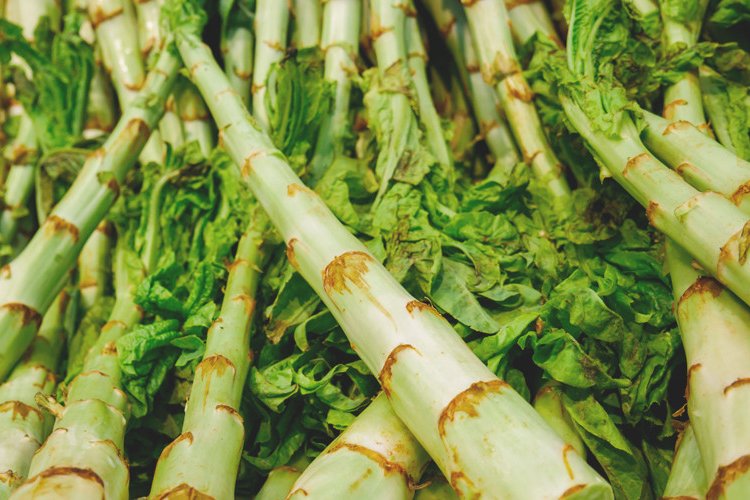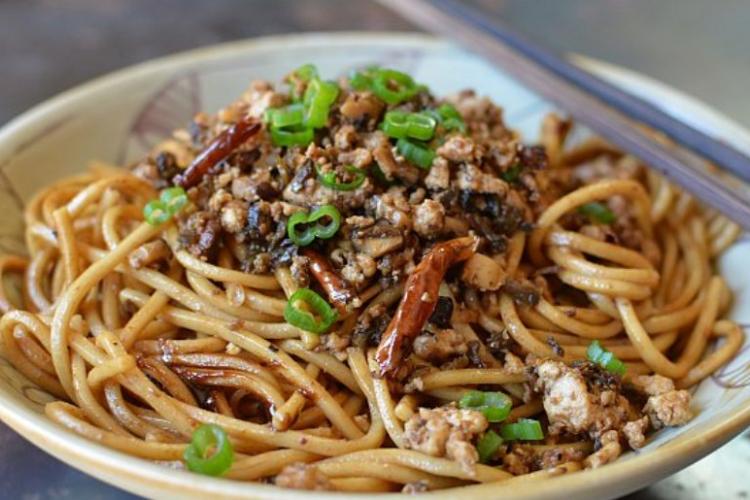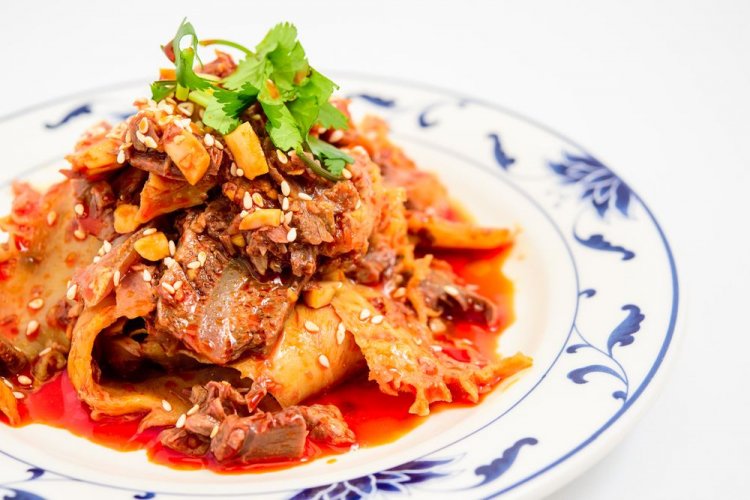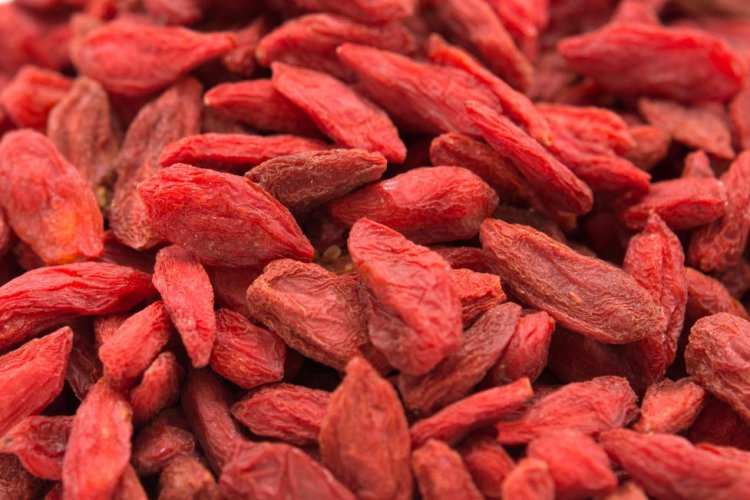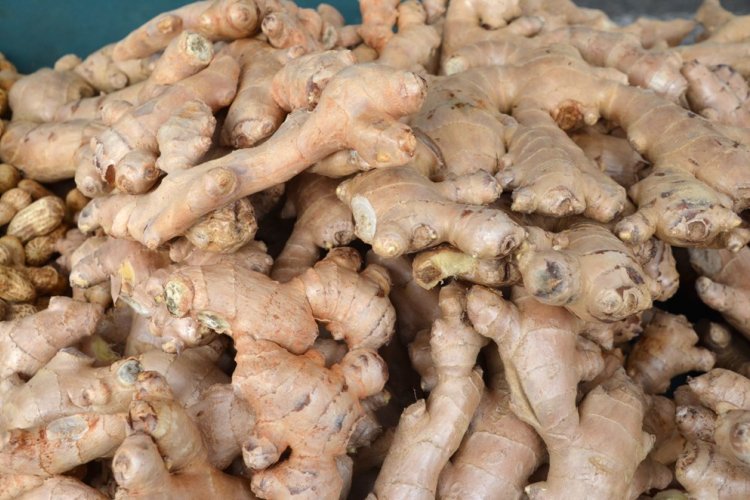Je Ne Sais Gua? A Guide to Beijing’s Squashes
Your friendly neighborhood wet market offers delicious varieties of delectable gourds that are not only flavorful, but also easy on the pocket.
Every wet market you go to, no matter the level of veggie expertise or varieties available, it seems anything vaguely squash or gourd-like in shape is given the name “nangua.” Whether it be small or large, green or orange, long or stout, the name is used to describe a good third of the large starchy vegetable category. How can we even begin to differentiate between them? Is there hope for us in our current state of pump-kinfusion?
Nangua is literally translated “southern gourd” because it was introduced first in the southern part of China. The green-skinned variety is more prevalent in southern provinces and therefore is given the standard name. However, up here in the North, the plump orange or elongated brown variety is also called nangua. Would a nangua by any other name taste as sweet?
WINTER MELON dōng guā (冬瓜)
Don’t let the English name fool you, this is a root vegetable that switches from sweet to savory depending on when it’s harvested. Costing roughly RMB 1.5 per jin, it has a shelf life of up to 12 months. You’ll see the iridescent white flesh popping up in noodle broth, tossed into stir-fries (chǎo cài 炒菜) at your neighborhood stands and even candied into a sweet treat (táng dōng guā 糖冬瓜).
WHITE ZUCCHINI xī hú lú (西葫芦)
This veggie is much smaller in comparison to its aforementioned big brothers and is a cross between a gourd and a zucchini. Its skin is more pliable and can be eaten after minimal cooking. It is mostly found as a replacement for cucumber or sliced and cooked with eggs (xī hú lú chǎo jī dàn 西葫芦炒鸡蛋) and diced with old favorite (gōng bào jī dīng 宫爆鸡丁). (RMB 2 per jin)
PUMPKIN nán guā (南瓜)
While the Western mind would consider this more butternut squash-like in shape, this naturally sweet root vegetable is packed with vitamin A, which improves vision, vitamin C, which supports the immune system, and vitamin E, which promotes healthy skin – all for the bargain price of RMB 2.5 per jin. It’s often found weaseling its way into unexpected places like malatang and pan fried dumplings (nán guā jiǎo zǐ 南瓜饺子), an Anhui province specialty.
ACORN SQUASH wō guā (倭瓜)
Mostly used as a breakfast food either steamed or stirred into congee (zhōu 粥), this squash sticks to your ribs until it’s time for lunch. However, the best part about this little jewel of the gourd family is that it creates its own bowl. Simply cut the squash in half, scoop out the seeds, sprinkle with water, and microwave until the squash is soft. In the hollow space, you can stuff rice, meat, vegetables or even (gasp) more acorn squash. Usually you can get one of these multi-purpose delights for RMB 4 per gourd (depending on the size).
SHARK FIN MELON yú chì guā (鱼翅瓜)
Watermelon on the outside, pumpkin on the inside, this marble-colored gourd (RMB 5 per jin) can be intimidating with its fuzzy and sometimes spiky vines. However, when cooked it becomes supple, stringy, and sweet. When steamed and scooped, it resembles a plate of clear noodles. Yuchigua usually adorns sweet versions of congee for general consumption, but is widely used as a holistic treatment for diabetes.
SMALL PUMPKIN xiáo nán guā (小南瓜)
This orange bundle of joy is smaller and even sweeter than its larger cousin. Even after cooking, it still packs as much of a vitamin and fiber punch with an added potassium bonus. This little guy is nature’s energy bar for a mere RMB 3 per jin. You can find it at your local Dongbei restaurant dusted in flour and deep-fried (dàn huáng jú nán guā 蛋黄 南瓜), a sweeter and softer version of the beloved French fry.
A version of this article appears in the February 2014 issue of the Beijinger

